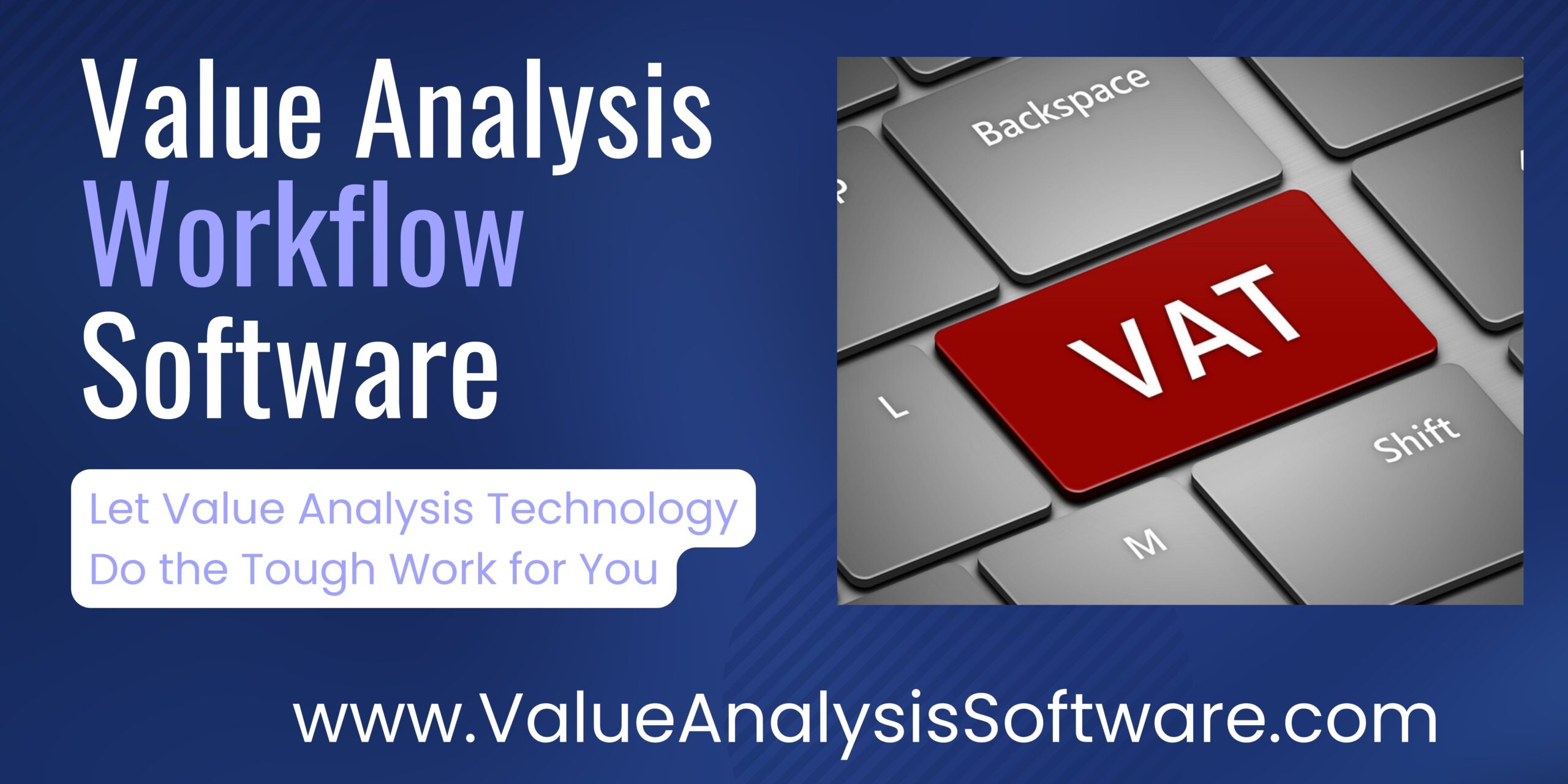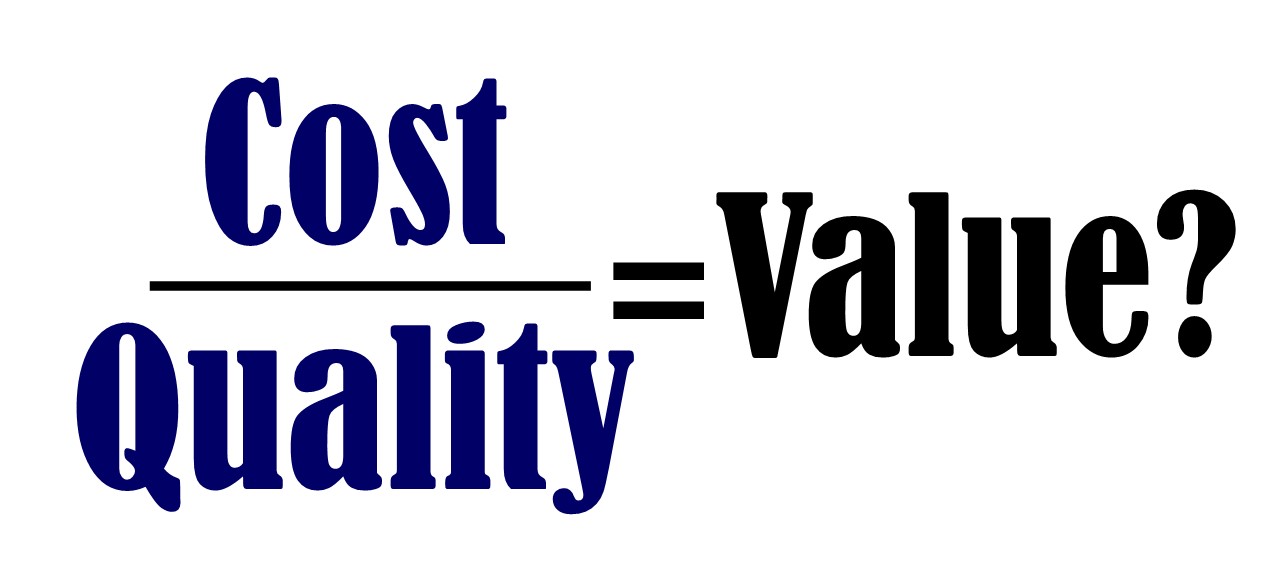Introduction
Healthcare supply chain managers regularly encounter contract renewals under significant pressure — facing tight timelines and demanding expectations to achieve substantial improvements in cost, quality, and operational efficiencies. Often, these negotiations lead to incremental gains at best. As a result, sourcing professionals are increasingly embracing the role of curators, carefully interpreting complex information and synthesizing data into actionable strategies for improved decision-making (Jalongo, 2023). Unlike traditional frameworks such as the Kraljic matrix or SWOT analyses, the Validate, Align, Leverage, Understand, Execute (VALUE) framework specifically addresses the unique complexities of healthcare contracting, providing a structured and practical approach for rapid, meaningful results.
This article provides healthcare sourcing professionals with clear guidance to immediately enhance clinical outcomes, financial performance, and operational effectiveness by applying the VALUE framework. Specifically, it outlines how to:
- Validate supplier performance effectively
- Align organizational objectives clearly
- Leverage current spend dynamics strategically
- Understand market conditions efficiently
- Execute smooth implementation plans
Validate Supplier Performance: Ensuring Accuracy and Reliability
Validating supplier performance is crucial for informed negotiations and improved contract outcomes (Handfield & Nichols, 2015).
Practical Steps:
- Gather comprehensive performance metrics (e.g., delivery reliability, accuracy, product quality).
- Conduct regular compliance audits against regulatory and internal standards.
- Incorporate feedback from clinicians and operational teams to assess satisfaction.
Example: A medical center quickly identified ongoing issues with surgical supply delays, enabling the procurement team to negotiate stronger delivery commitments in subsequent contracts (Cousins, Lawson, & Petersen, 2008).
Align Organizational Objectives: Achieving Strategic Cohesion
Clear stakeholder alignment ensures unified objectives and successful outcomes (Monczka, Handfield, Giunipero, & Patterson, 2015).
Practical Steps:
- Facilitate concise alignment meetings involving procurement, clinical leaders, and financial stakeholders.
- Clearly document and prioritize goals across clinical needs, cost management, operational improvements, and sustainability.
- Capture specific stakeholder expectations to inform negotiation strategies.
Example: Brief stakeholder sessions enabled a healthcare network to incorporate clear sustainability targets into supplier renewals, significantly enhancing compliance with environmental standards (Kraljic, 1983).
Leverage Current Spend Dynamics Strategically
Strategically leveraging detailed spend data, including changes since the last negotiation, combined with competitive benchmarks, optimizes negotiation leverage and strategic decision-making (Van Weele, 2018).
Practical Steps:
- Analyze current spend data against historical patterns to detect shifts in purchasing leverage.
- Use external competitive benchmarking to validate and enhance negotiation positions.
- Adjust negotiation tactics based on recent spend dynamics and market comparisons.
Example: A recent analysis of orthopedic implant spend showed increased volumes, enabling one hospital to negotiate substantial discounts. Conversely, stable lab supply spend indicated reduced leverage, prompting strategic exploration of alternate suppliers.
Understand Market Conditions Efficiently
Rapid and efficient market assessments allow sourcing teams to identify competitive, innovative, and reliable supplier options promptly (Porter, 2008).
Practical Steps:
- Quickly evaluate market trends, pricing structures, and competitive positioning.
- Identify and document innovative products and potential supplier partnerships.
- Assess supplier financial stability and operational reliability swiftly to manage procurement risks.
Example: Quick market evaluation enabled a hospital to seamlessly switch to a cost-effective surgical instruments supplier, resulting in immediate cost savings and operational improvements (Monczka et al., 2015).
Execute Implementation Smoothly: Securing Immediate Results
Effective implementation ensures immediate contract benefits and minimizes operational disruptions (Project Management Institute, 2017).
Practical Steps:
- Develop detailed implementation timelines clearly defining roles and milestones.
- Prepare comprehensive communication and training programs for a smooth transition.
- Set up real-time dashboards for continuous performance tracking and compliance monitoring.
Example: Clear implementation planning prevented inventory disruptions during a lab supplier transition, directly improving clinician satisfaction and operational efficiency (Van Weele, 2018).
VALUE Framework Practical Reference Summary
| Step | Actionable Items |
| Validate | Performance audits; clinician feedback; compliance assurance. |
| Align | Alignment meetings; clearly documented strategic objectives. |
| Leverage | Spend analysis; competitive benchmarking; adaptive negotiation strategies. |
| Understand | Rapid market assessments; innovation identification; swift risk evaluation. |
| Execute | Implementation timelines; clear communications; performance dashboards. |
Conclusion
The VALUE framework empowers healthcare sourcing professionals to transform routine contract renewals into strategic opportunities. It offers a clear structure to validate supplier performance, align organizational objectives, leverage spend insights strategically, rapidly understand market conditions, and execute effective implementation plans. Adopting this approach directly enhances clinical outcomes, financial savings, and operational performance, addressing critical challenges within healthcare procurement.
Interactive VALUE Framework Sourcing Worksheet
| Step | Interactive Prompts | Action Completion | Notes & Reflections |
| Validate | Are detailed supplier metrics (delivery, accuracy, quality) documented? | ☐ Yes ☐ No | |
| Are specific complaints and resolution timelines clearly recorded? | ☐ Yes ☐ No | ||
| Align | Are clinical, financial, operational, and sustainability objectives clearly documented? | ☐ Yes ☐ No | |
| Have risk management priorities been included in supplier terms? | ☐ Yes ☐ No | ||
| Leverage | Has current spend analysis been benchmarked against historical data to detect shifts? | ☐ Yes ☐ No | |
| Are competitive benchmarks clearly integrated into negotiation strategies? | ☐ Yes ☐ No | ||
| Are alternative strategies defined if leverage changes significantly? | ☐ Yes ☐ No | ||
| Understand | Have rapid market assessments identified viable alternatives and innovations? | ☐ Yes ☐ No | |
| Has supplier financial stability and operational risk been assessed swiftly? | ☐ Yes ☐ No | ||
| Execute | Is a detailed implementation plan clearly defined with roles and milestones? | ☐ Yes ☐ No | |
| Are communication and training plans comprehensive and ready for stakeholders? | ☐ Yes ☐ No | ||
| Have performance tracking dashboards been established and validated? | ☐ Yes ☐ No |
References
Cousins, P., Lawson, B., & Petersen, K. (2008). Strategic Supply Management: Principles, Theories and Practice. Pearson Education.
Handfield, R. B., & Nichols, E. L. (2015). Supply Chain Redesign: Transforming Supply Chains into Integrated Value Systems. FT Press.
Jalongo, M. R. (2023). The Practical Journal Article: Writing to Be Read by Professionals in the Field. Early Childhood Education Journal. https://doi.org/10.1007/s10643-023-01577-6
Kraljic, P. (1983). Purchasing Must Become Supply Management. Harvard Business Review, 61(5), 109-117.
Monczka, R. M., Handfield, R. B., Giunipero, L. C., & Patterson, J. L. (2015). Purchasing and Supply Chain Management. Cengage Learning.
Porter, M. E. (2008). Competitive Strategy: Techniques for Analyzing Industries and Competitors. Free Press.
Project Management Institute. (2017). A Guide to the Project Management Body of Knowledge (PMBOK Guide) (6th ed.). Project Management Institute.
Van Weele, A. J. (2018). Purchasing and Supply Chain Management. Cengage Learning.
Article by:
Brian Dolan, DHSc, Director, Sourcing and Value Analysis, Vanderbilt Health Purchasing Collaborative
Articles you may like:





